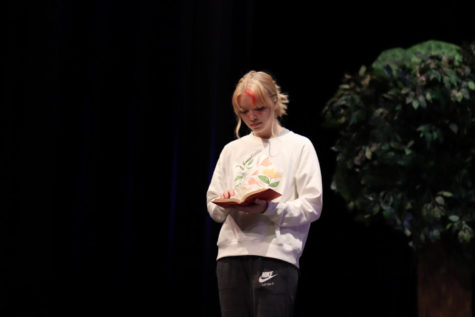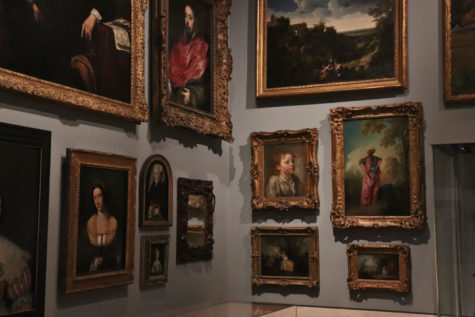Be my Valentine
February 12, 2015
Ever wondered why every single year we celebrate a day about love, confessions of the heart, and giving out cards? Where did it all start and why do we do this every single year for Valentine’s day? Why is it even called Valentine’s?
Valentine’s Day, which is also known as Saint Valentine’s Day or the Feast of Saint Valentine, dates back to the time of the Romans and was called Lupercalia. On these glorious days men would whip women with animal hides to show that they like them. Yup. Women would line up to literally get hit because it was the old way to display affection and thought to make them fertile by well, getting hit. Not only did this holiday include hitting the love into someone, but also a match making game. They’d pull out names of the lucky or not women to be with the lucky or not man for the rest of the evening and if sparks flew, maybe a day longer.
Christianity flew in and in attempt to convert Lupercalia to Christianity, they changed it to St. Valentine’s day specifically only on February 14th. The Valentines honored on February 14th were Valentine, a priest, of Rome and Valentine, a bishop of Terni. Both men were martyred. There is a third priest who was martyred in Africa, but little is known about him.
The name of the holiday then isn’t just connected to one Valentine – but multiple. Although those Valentines were said to be sentenced to death, legend has it that one Valentine specifically had defied King Claudius II by secretly marrying couples during a time of war. Claudius thought that single men would make better warriors since they would be departed for long periods of time, thus banning marriage. Valentine however didn’t like the law and would marry couples anyway, eventually being imprisoned and executed. True or not, Valentine’s stories still lingers around as one of the many possible origins of Valentine’s day.
The tradition of sending cards, chocolates, flowers, and other gifts originated in the United Kingdom. The traditions are also often connected to the advent of spring. In some parts of the world, Valentine’s Day is the first day to start working in the fields or vineyards. The idea of Valentine’s Day being connected to romantic love didn’t really begin until the 14th century. Prior to then it was more associated with sacrifice rather than romantic love. Some believe that the move to romantic love came with the writer Chaucer, who wrote a poem to honor the King.
In modern times, paper Valentines became popular in England in the 19th century. In the United States the first mass-produced Valentines came into production in the mid 1800s. These cards were often elaborate productions made of embossed paper lace or real lace and ribbons. Originally the cards had hand written notes, but soon this was replaced with mass-produced greeting cards.
In the late 20th century, the exchange of cards by children and adults became a big business. The cards were often accompanied by flowers, particularly roses, and chocolates wrapped in red, heart-shaped boxes. Soon, the giving of diamonds became part of the Valentine gift giving.
The name Valentine was actually common in ancient Rome, and it meant “strength” or “valor”. So when you say “Be my Valentine,” that means you are saying “Be my strength.” Whatever you decide to believe when you ask someone to be your Valentine, or whatever you do to celebrate, maybe you can mix the sacrifice of the past with the romance of current times, and rather than just give a gift, maybe think about sacrificing some of your time and effort to make the day special for that person who is your “Valentine.”














